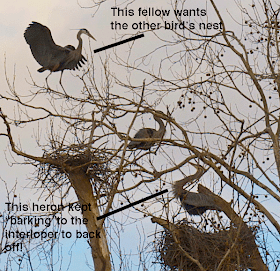
Mrs. Downy studies the sunflower seed feeder...
Beak Bit
Why are woodpeckers’ tails so strong?
Woodpeckers have unique tail feathers. If you watch a woodpecker climbing up a tree (they rarely climb down), you will notice he uses his tail feathers as a prop for support. Have you ever seen a chickadee doing that, or any other perching bird? It’s because woodpeckers have very stiff, pointed tail feathers, and their lower vertebrae and supporting muscles are much bigger and stronger than those of perching birds.

This photo shows the stiff, pointy tail feathers
so unlike those found in perching birds.

I love the tail action in this photo. It clearly
shows how a woodpecker uses its tail as a prop
to help support its weight as it clings to a tree.
The woodpecker's strong, supporting tail works in conjunction with its toes, which are also quite unique. Perching birds have three toes forward and one toe back, but woodpeckers have two toes forward and two toes back, an adaptation that enables them to cling to the bark of trees very well. Without the combination of toes and tail feathers, a woodpecker would not be able to hollow out a hole in a tree for a nest, dig behind bark for insects to eat, or drum on a tree with its bill to create that beautiful woodland sound (which is another unique adaptation that would make a nice Beak Bit post in the future...).












































.png)


